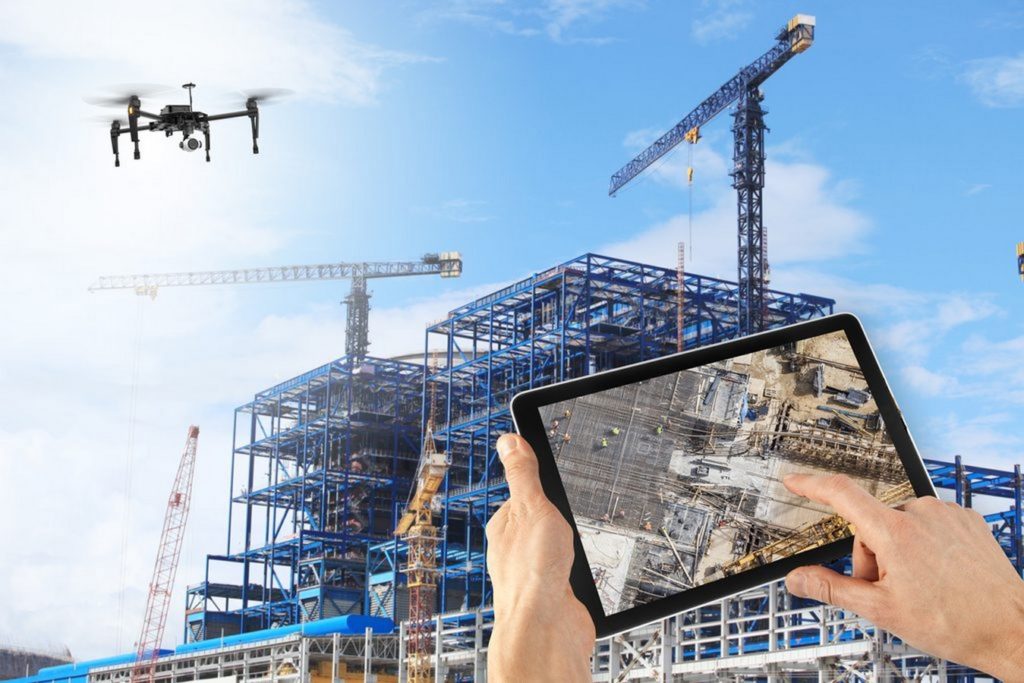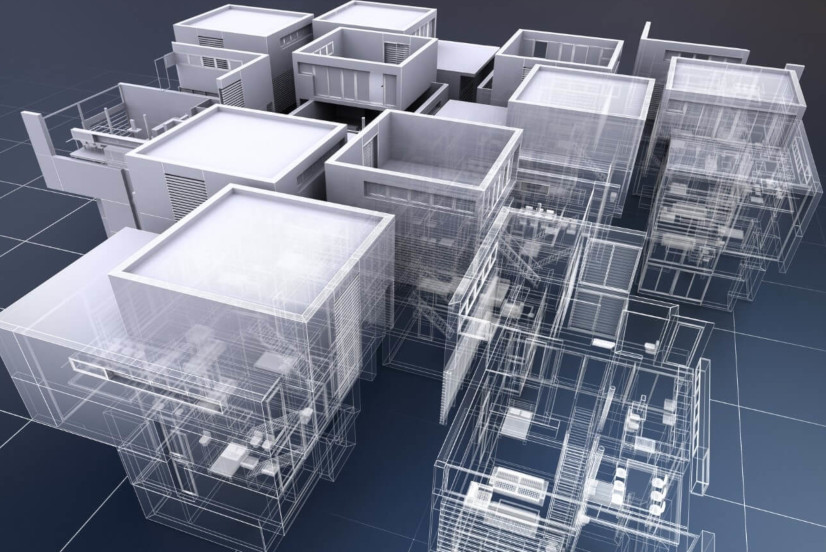
With the increasing demand for efficiency, sustainability, and a safer work environment, construction companies constantly seek new solutions to streamline their processes. Unfortunately, the multifaceted nature of a construction project and the involvement of different stakeholders hold up productivity and increase overall costs. But more contractors are pushing past this limitation by incorporating digital tools in their project management systems.
Digital technology can help construction companies optimise workflows, increase efficiency, and reduce costs, leading to faster project completion times and increased profits. It comes in different forms and can easily be integrated with modern construction machines equipped with data-gathering and analytics capabilities.
Consolidate and communicate with project management software
Construction projects are easier to manage if all documents are stored in one place. This storage must be accessible to everyone to eliminate the need for tedious bureaucracy during construction. Project management software offers just that. It provides a platform where project managers, architects, site engineers, safety officers, and other stakeholders can share data, submit reports, and communicate.
Project management software uses cloud technology for scalability as the construction business expands and deals with bigger data. It is also packed with various features that boost site productivity, including automated scheduling, real-time project tracking, and data analytics. With most tasks now doable at the click of a button and not bound by distance, construction project managers can speed up project completions while simultaneously managing risks.

Visualise and collaborate with building information modelling (BIM)
Digital transformation in construction has led to the introduction of various revolutionary tools, such as building information modelling BIM. It allows construction professionals to create and manage digital representations of the physical and functional characteristics of a building or structure. Unlike traditional architectural drawings, BIM consists of multiple layers of structural data that can be accessed separately or relative to each other, allowing for better visualisation of the project.
Integrating BIM into construction management software further improves collaboration among building experts and decision-makers. It enables each team to see how their work will impact other parts of the project, allowing them to coordinate and work together more efficiently. This level of collaboration helps avert downtime-causing errors and miscommunications. BIM also enables them to optimize material usage, preventing over-ordering and minimising construction waste.

Improve construction planning and site monitoring with drones and UAVs
More and more construction companies are using drones and unmanned aerial vehicles (UAVs) to improve site productivity. This cutting-edge construction technology can be used to survey construction sites, create aerial maps, and inspect structures, allowing for better planning and monitoring of construction projects. They are also effective for monitoring safety and security on construction sites, reducing the risk of accidents and theft.
Automating tasks that put workers’ safety at risk can help reduce on-site accidents, which often lead to prolonged delays. Drones in construction also have better coverage, increasing data accuracy and precision. The data they collect can be stored and analysed in real-time through the project management software to allow multiple teams to utilise them simultaneously, eliminating the need for lengthy relays and the potential errors that could occur along the way.
Simulate construction processes with virtual and augmented reality
Construction errors often lead to cost overruns and safety hazards. Some even result in irreversible damage, forcing contractors to demolish and rebuild. These errors can be prevented by simulating construction processes to visualise potential problems better using virtual and augmented reality. Catching design errors early in the process, for instance, allows for quicker and less costly corrections before construction begins.
VR/AR also enables stakeholders to communicate more clearly by providing a shared, immersive experience of the project. This can help prevent misunderstandings and errors due to miscommunication. They can keep the construction project on track through proactive planning and mitigation strategies ushered in by simulation. This is also a much more effective way to train workers as it places them in a more accurate representation of real onsite scenarios.

Better data access and communication with mobile technology
Contractors are leveraging mobile technology to improve onsite communication and collaboration. In addition to having construction project management software, mobile devices enable stakeholders to access and utilise the platform more efficiently. It allows them to collect and analyse data on the go as well as identify trends and patterns necessary for making informed decisions about scheduling and resource allocation.
Mobile technology can also be used for time-tracking and attendance, allowing workers to log their hours and attendance using their mobile devices. This can improve accuracy and reduce the time and resources required for manual time-tracking. When linked to other advanced construction site technology solutions, mobile devices can help optimise tasks, schedule, and resource management, leading to error-free project execution and faster completion time.
Make the construction site smarter with Internet of Things (IoT)
Internet of things IoT refers to the collection of internet-enabled devices and sensors utilised for real-time monitoring, automation, and data collection. Construction companies can use this technology in various ways, such as monitoring equipment usage to detect potential maintenance issues and tracking the movement of materials in real-time to maximise inventory.
Construction contractors can also use IoT to monitor environmental factors such as temperature, humidity, and air quality, which is crucial in keeping high-risk work areas safe for workers and assets. They even program the sensors to automate building systems such as lighting, heating, and ventilation, boosting energy efficiency, reducing costs, and improving overall productivity. Smart building solutions are becoming more popular as newer, and more powerful sensors are being introduced.
Conclusion:
These are only some of the new technology solutions construction companies are using to meet the ever-growing demand for higher productivity and efficiency. By simplifying processes, making construction sites safer, and preventing potential downtime, they can save time and complete projects faster without defect management and rework.
Digital solutions, such as construction project management software, work hand-in-hand with network-enabled construction machines in optimising workflows and increasing productivity.
Find out why PlanRadar is the construction project management software of choice for many established contractors across the GCC. Start your 30-day free PlanRadar trial or contact us directly.


